Saber-Toothed Tiger: The Ultimate Prehistoric Predator

The Smilodon fatalis, commonly known as the saber-toothed tiger, stalked North America between 2.5 million and 10,000 years ago. These massive cats weren’t actually tigers at all, but their own unique species with dagger-like canine teeth measuring up to 7 inches long.
Fossils from the La Brea Tar Pits in Los Angeles reveal these beasts weighed up to 600 pounds and had incredibly powerful forelimbs for wrestling down massive prey. Their famous sabers weren’t just for show – they were precision weapons designed to deliver a fatal bite to the throat of giant ground sloths and ancient bison.
American Cheetah: The Speed Demon of Ancient Plains
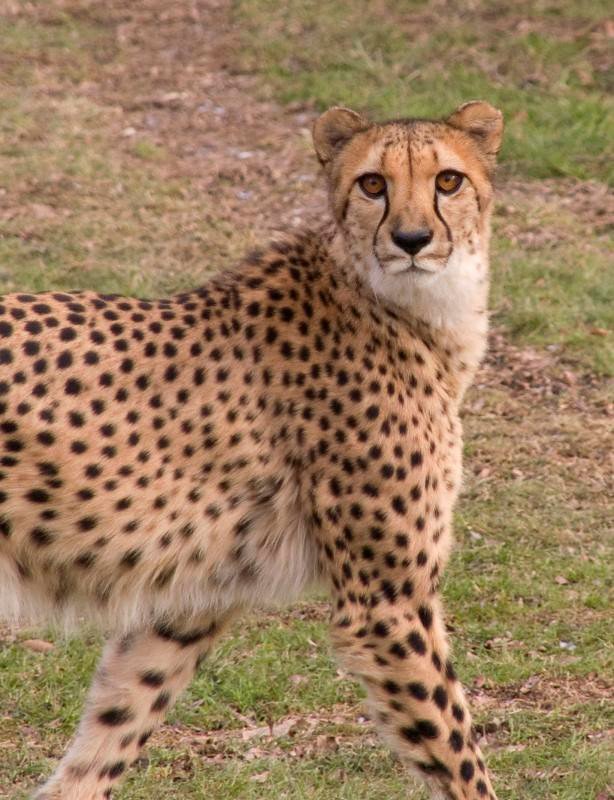
Meet Miracinonyx trumani, the American cheetah that could outrun anything on four legs across the ancient grasslands of North America. This remarkable feline lived around 3 million years ago and was built for pure speed, just like its modern African cousin.
Fossil evidence suggests these cats developed their incredible running abilities to hunt the swift pronghorn antelope that still roam the American West today. Their long, lean bodies and specialized claws made them the ultimate pursuit predators of their time, reaching speeds that would make a modern cheetah jealous.
Giant Jaguar: When House Cats Were the Size of Lions
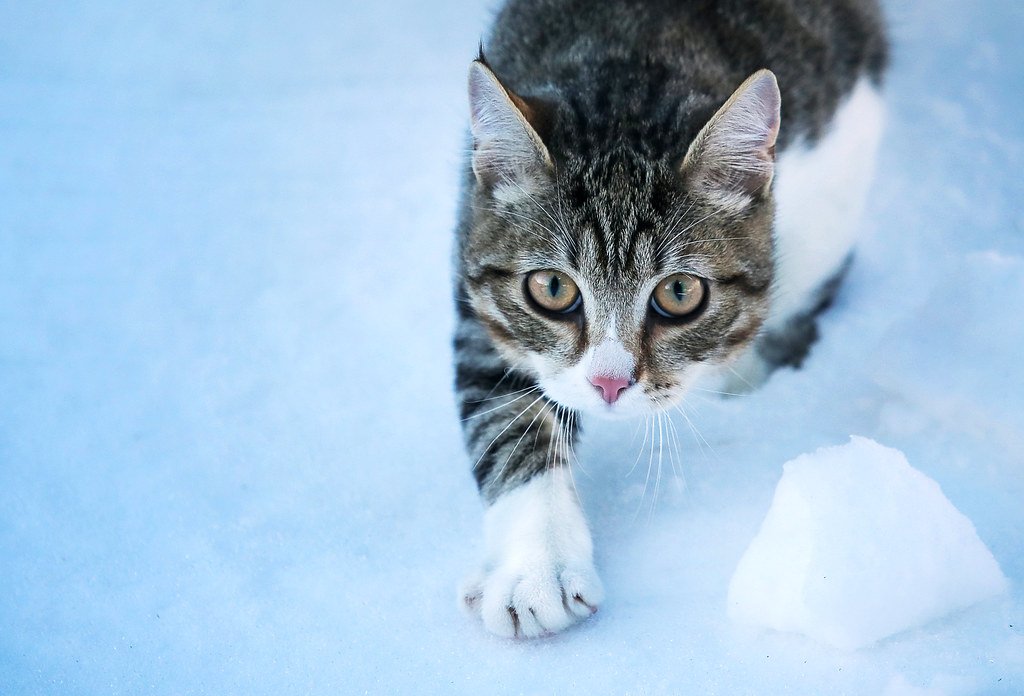
Panthera onca augusta, the giant jaguar, roamed North America during the Pleistocene epoch and made today’s jaguars look like house cats. These prehistoric beasts were 15-20% larger than modern jaguars and had bone-crushing jaws that could snap through the thickest turtle shells.
Fossil discoveries across the southern United States show these mega-cats had the strongest bite force of any cat that ever lived. They dominated river valleys and swamplands, hunting everything from giant armadillos to early horses with their signature stealth-and-ambush tactics.
Scimitar Cat: The Nimble Hunter with Curved Daggers
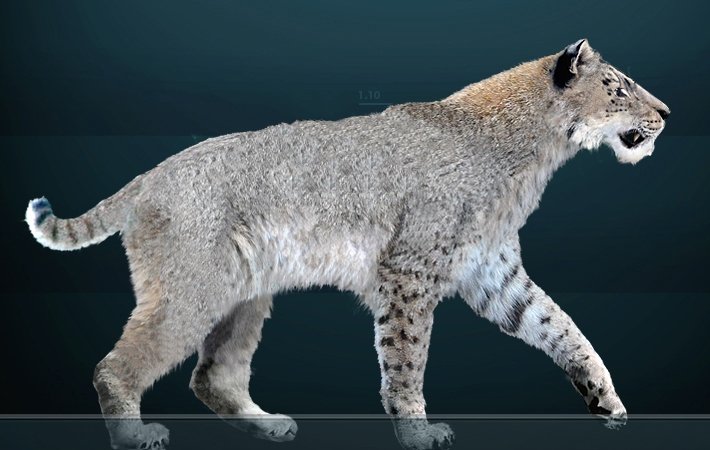
Homotherium serum, known as the scimitar cat, possessed uniquely curved saber teeth that worked like precision slicing tools rather than stabbing weapons. These agile predators lived across North America from 5 million to 10,000 years ago and were perfectly adapted for pack hunting.
Unlike their more famous saber-toothed cousins, scimitar cats had longer legs and were built for endurance running. Fossil evidence suggests they worked together in coordinated groups to bring down massive prey like young mammoths and giant ground sloths.
Dire Wolf’s Feline Rival: The Bone-Crushing American Lion

Panthera atrox, the American lion, was 25% larger than modern African lions and ruled the ancient American landscape alongside dire wolves. These massive cats lived from 340,000 to 11,000 years ago and were the largest cats ever to roam North America.
Fossil remains show these lions had incredibly robust skulls and powerful jaws designed for crushing bones and taking down megafauna. They likely lived in prides and dominated the food chain, competing directly with short-faced bears for the title of apex predator.
Lynx Evolution: From Giant to Modern Forest Phantom
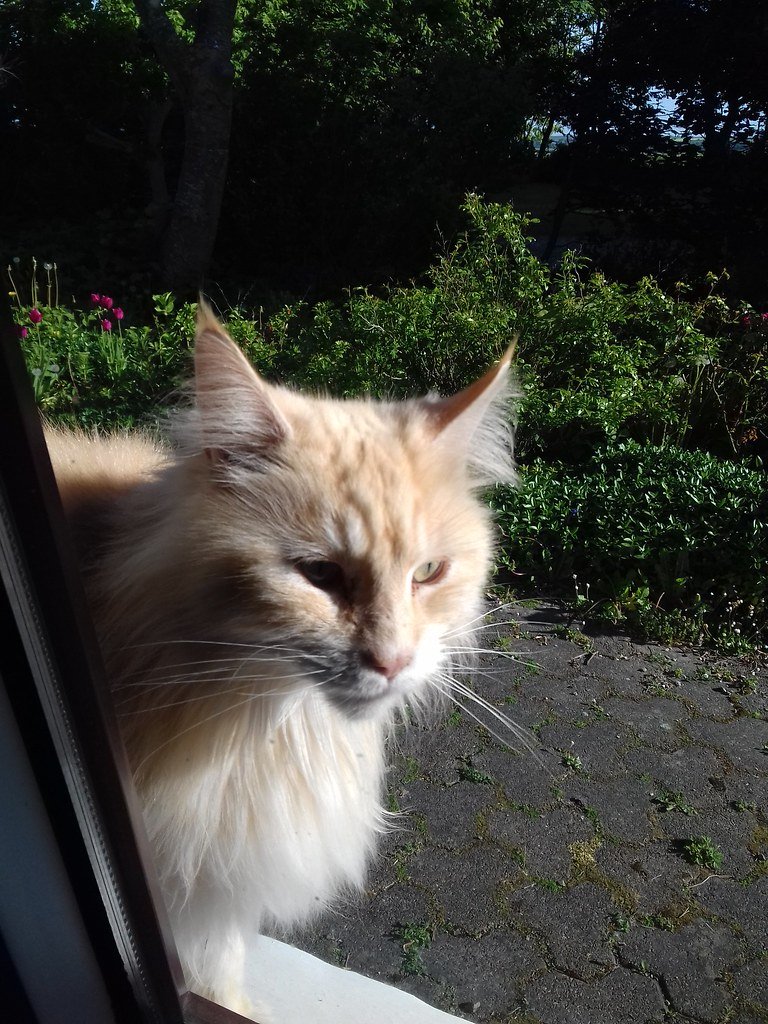
Lynx issiodorensis, the Issoire lynx, was significantly larger than today’s Canadian lynx and prowled North American forests during the early Pleistocene. These prehistoric cats had massive paws that worked like natural snowshoes, perfect for hunting in deep snow.
Fossil evidence reveals these ancient lynx had more robust builds and longer legs than their modern descendants. They were specialized ambush predators that used their incredible hearing and patient stalking techniques to catch prey in dense woodlands.
Puma’s Ancient Ancestor: The Cave-Dwelling Mountain Lion
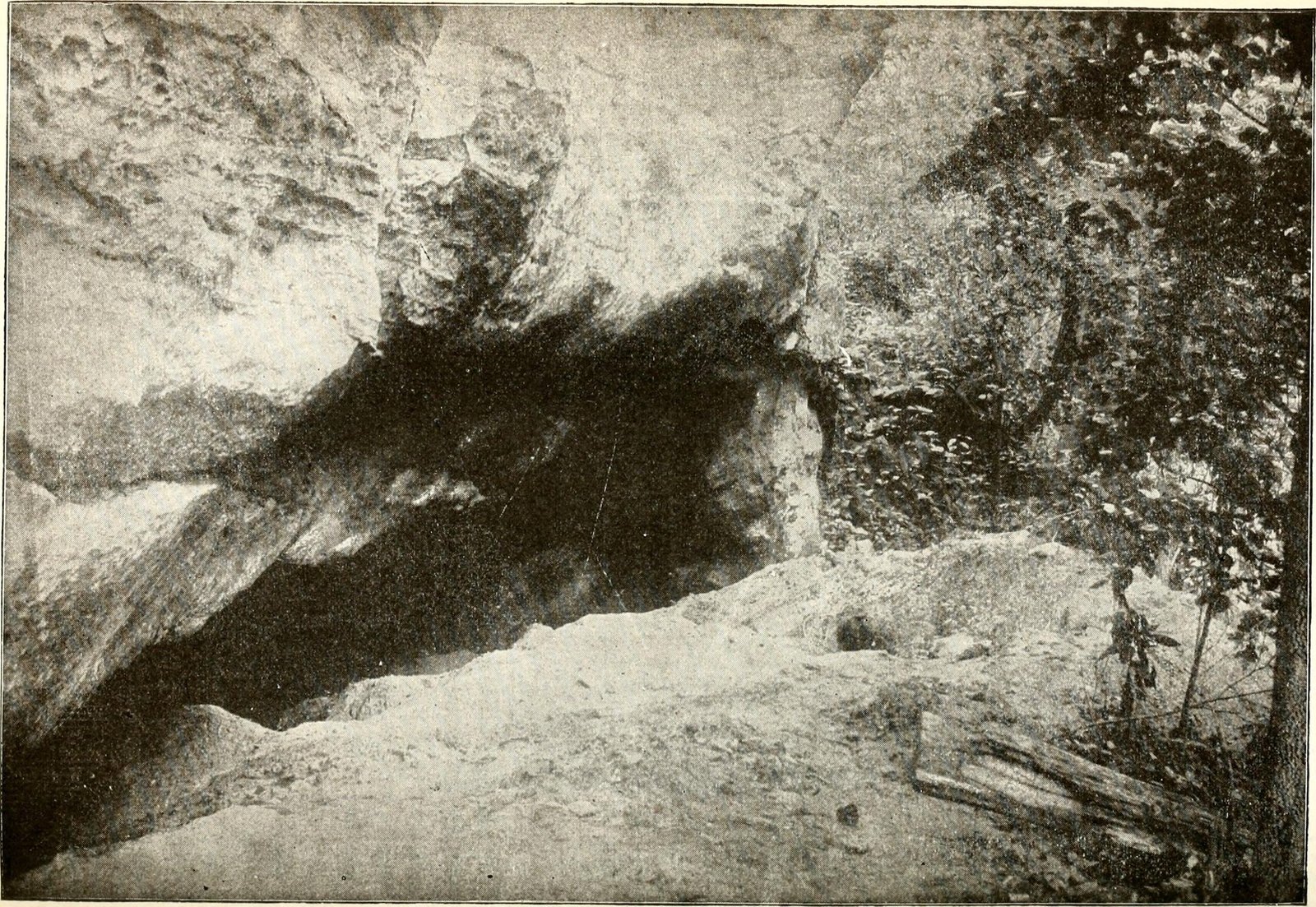
Puma lacustris, an ancient relative of the modern mountain lion, lived in North America during the Pliocene epoch around 4 million years ago. These prehistoric cats were remarkably similar to today’s cougars but had slightly more robust builds and different skull proportions.
Fossil discoveries in caves across the western United States show these cats were already masters of adaptation, living in diverse habitats from forests to grasslands. Their evolutionary success laid the groundwork for the modern mountain lion’s incredible range across the Americas.
Bobcat’s Prehistoric Cousin: The Pliocene Prowler

Lynx rexroadensis represents one of the earliest true lynx species in North America, living approximately 3.4 million years ago during the Pliocene epoch. These compact cats were slightly larger than modern bobcats and had distinctive ear tufts that helped them detect prey in dense vegetation.
Fossil evidence suggests these prehistoric lynx were already developing the specialized hunting techniques that make modern bobcats so successful. They were perfectly adapted for catching small prey and navigating through thick underbrush with their powerful hind legs and retractable claws.
Conclusion: The Legacy of North America’s Prehistoric Cats
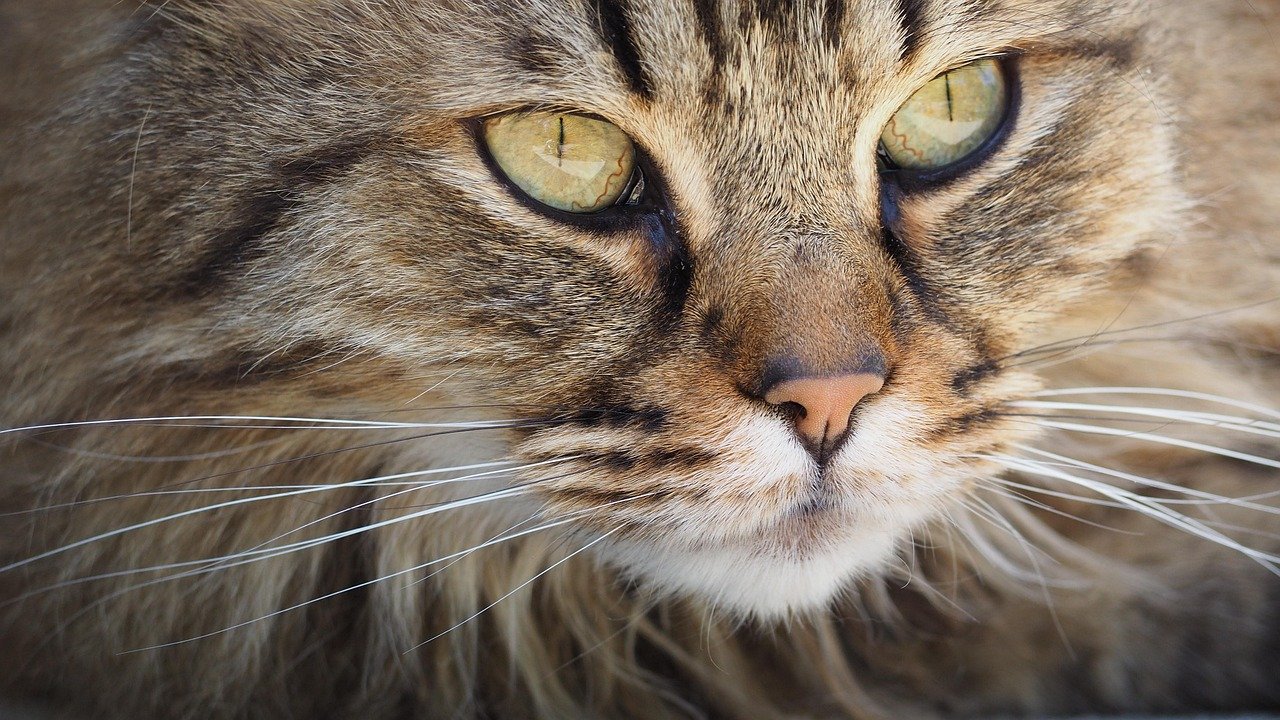
These eight remarkable fossils paint a vivid picture of an ancient North America where giant cats ruled the landscape with power and precision. From the massive American lions to the swift American cheetahs, each species adapted to fill specific ecological niches that no longer exist today.
The extinction of these magnificent predators around 10,000 years ago marked the end of an era, leaving only their modern descendants to carry on their legacy. Their fossil remains continue to reveal secrets about evolution, climate change, and the incredible diversity of life that once thrived across the continent.
Which of these prehistoric cats would you have been most curious to observe in their natural habitat?
Hi, I’m Bola, a passionate writer and creative strategist with a knack for crafting compelling content that educates, inspires, and connects. Over the years, I’ve honed my skills across various writing fields, including content creation, copywriting, online course development, and video scriptwriting.
When I’m not at my desk, you’ll find me exploring new ideas, reading books, or brainstorming creative ways to solve challenges. I believe that words have the power to transform, and I’m here to help you leverage that power for success.
Thanks for stopping by, Keep coming to this website to checkout new articles form me. You’d always love it!





